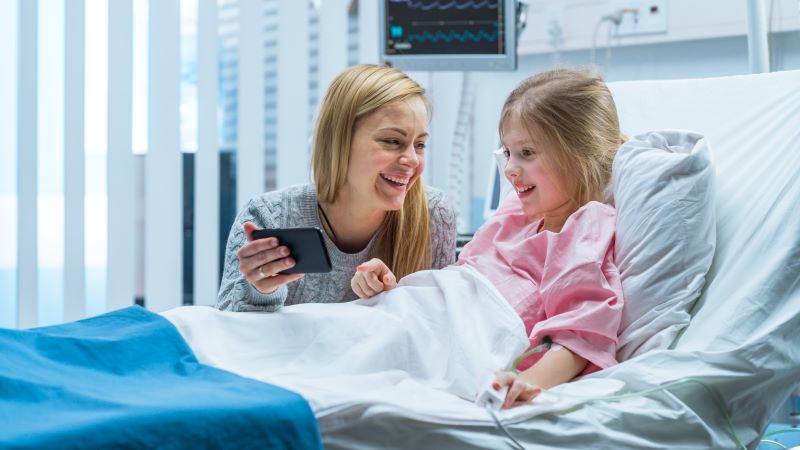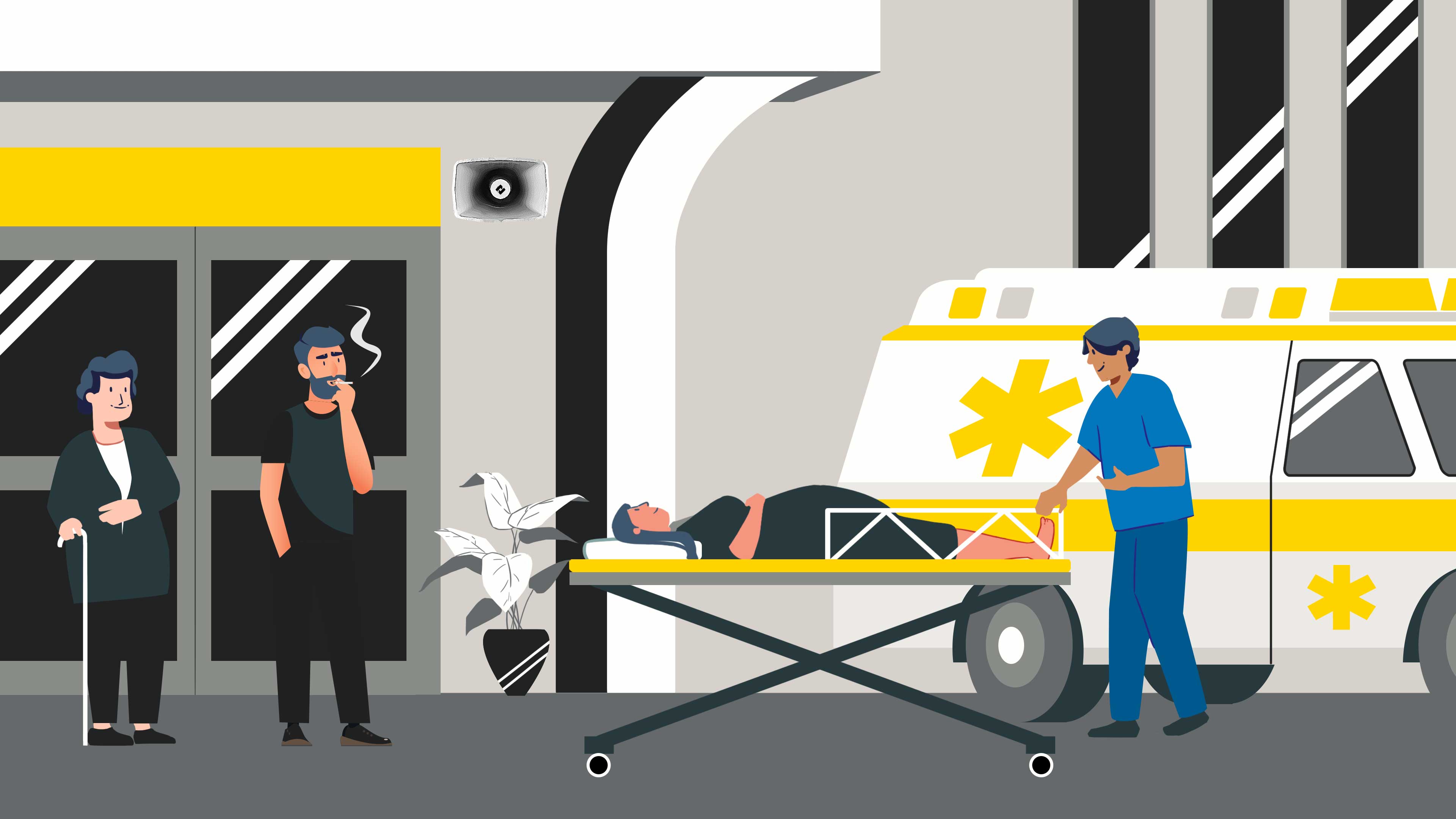How audio technologies improve patient care in healthcare facilities
Hospitals leverage audio technologies to improve patient care, ensuring that patients receive the utmost care, comfort, and safety.

Healthcare professionals are embracing a patient-centric approach and technologies to improve patient care and ensure that they deliver on increased demands and expectations from patients and their families - feel cared for within a hospital.
Hospitals are leaning on technologies such as artificial Intelligent to improve their efficiency. By automating daily tasks and therefore, reducing demand on healthcare workers, hospitals can achieve efficiency. Medical staff require these technologies to help deliver high-quality service and improve patient care.
This whitepaper explores how audio solutions such as IP intercoms and speakers are effective technological tools for medical workers. These tools allow medical staff to reimagine how they deliver patient care.
Sense of connectiveness
In 2023, a study by Intensive and Critical Care Nursing examined the effect of video visitation on intensive care unit patients and family members. Which shows that any form of remote communication between patients and family has proven to increase patient and family member satisfaction. Which help us understand that such technologies improve patient care, safety and comfort. This is particularly the case with critically ill patients in intensive care units where visitation is highly restricted.
Providing a sense of connectiveness can improve a patient’s mental well-being. As an example, a video-enabled intercom mounted to a patient bed in isolation rooms. Which allows a patient to initiate communication with medical staff. Depending on the need, the medical staff can swiftly act.
Intercom has the possibility to connect the nurse call cord. Patients can pull the cord to initiate a two-way, HD video communication to express their needs right from their bed.

Remote patient monitoring and care
A study published by LeLaurin, et. al, revealed the numbers on death related to patient fall each year in the US. There are approximately 250,000 injuries and up to 11,000 deaths related to patient falls in hospitals. A delay in response to inpatient falls can result in significant physical and economic burdens to patients as well as to medical organizations.
Patients who roam on their own outside their wards risk falls and even death. Technologies such as IP video cameras can help to keep a close eye on vulnerable patients. In addition, an audio device such an intercom or IP speaker can be integrated into your video surveillance solution. Which can dispatch an automated voice notification message to patients. Advising them not to leave the bed and therefore help to mitigate safety risks.
Unfortunately, if a patient disregards the automated voice message and falls, technology can still play a crucial role. Video analytics can then automatically identify the fall incident. By integrating with audio solutions, video analytics can trigger an automated workflow upon detecting a fall.
This workflow automatically alerts medical staff about the incident. As a result, hospitals can significantly reduce response times, improving patient care.

Such coordinated responses for emergency incidents
within hospitals are made possible by the seamless integration of various security systems such as video surveillance, analytics, and audio. Open standards such as ONVIF and SIP are instrumental in achieving this seamless integration with security systems. ONVIF-compatible products such as IP cameras and intercoms can communicate natively using the security platforms.
Reducing emergency response time
Studies have shown that reducing response times by one second is linked to a 0.7%* decrease in overall patient mortality risk. Cities around the globe have taken various initiatives to reduce the ambulance dispatch time. In addition, preemptive communication between ambulatory staffs and medical staffs at the hospital can help to reduce the overall response time. Such collaborative efforts help hospital staff to receive full knowledge of the patient's condition before they even reach the hospital. This helps them to prepare the hospital to cater for the specific needs of the patient.
Many cities rely on TETRA radio communication for emergency response. Hospitals can integrate their TETRA systems with critical communication platforms. This integration allows emergency response teams to have two-way voice communication directly with hospital staff, streamlining response efforts.
A surgeon can converse directly with the ambulatory staff using an IP cleanroom intercom inside the operation theater.
In addition, critical communication solutions in a hospital such as intercoms or IP speakers can be part of the talk group with TETRA radio. This inclusion in the TETRA radio talk group allows for multi-party conversations. With everyone involved, emergency response teams and hospital staff can coordinate their actions more effectively.

Learn more here about how Zenitel can be your communication partner in providing better patient care today.
